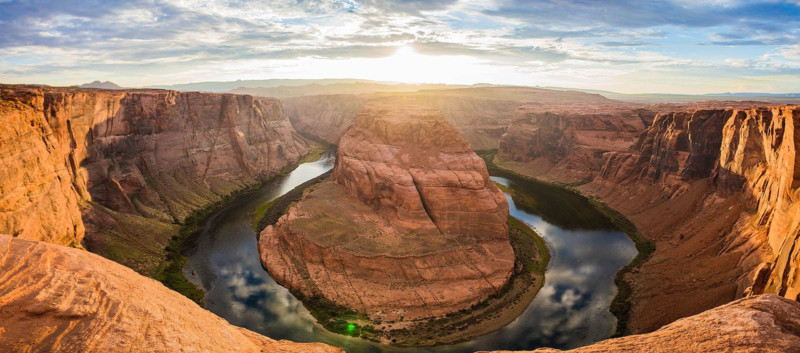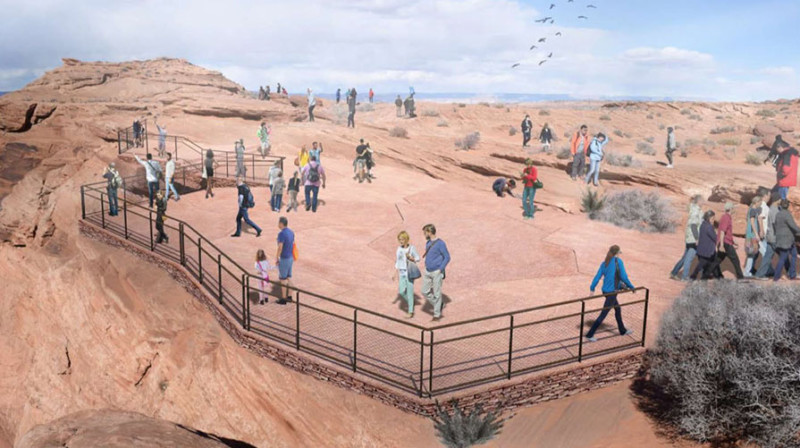How Geotagged Photos are Harming Natural Landmarks
With the rise of digital photography, social media, and geotagging, picturesque natural landmarks that were once relatively undisturbed are now swarming with more and more visitors every year. Vox made this 5-minute video on how geotagged viral photos are having a huge impact on nature.

Before the social media boom, the scenic lookout over the Colorado River was a “hidden gem” that was reached by an unmarked dirt trail off U.S. Highway 89. Only a few hundred people would visit the spot on a summer day.
azcentral reports that about 1.5 million people visited Horseshoe Bend in 2017, and an estimated 2 million will have visited by the end of 2018 — that’s an average of around 5,500 per day.
The problem is that these new viral tourist destinations are fundamentally different than what you’d find in National Parks and other famous landmarks managed by the government.
“These places getting National Park level crowds without having National Park-level infrastructure,” Vox says.
To protect both tourists and the location, Glen Canyon National Recreation Area officials have launched a $750,000 project to add modern parking and a viewing deck with a safety railing — changes that mar the natural landscape of the once-hidden gem.

There are also plans for admission fees of perhaps $10 for cars and $50 to $100 for buses.
As a response to how much Instagram and other photo-sharing services are impacting special spots, there’s now a movement among nature photographers to not geotag photos while shooting in the great outdoors.
The organization Leave No Trace issued a new Social Media Guidance this year advising just that.
“When posting to social media, […] avoid tagging (or geotagging) specific locations,” Leave No Trace writes. “Instead, tag a general location such as a state or region, if any at all. While tagging can seem innocent, it can also lead to significant impacts to particular places.”
(via Vox via The Digital Picture)